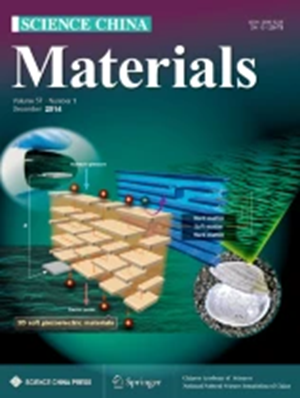U6+-activated narrow-band green phosphor for super-wide color gamut backlighting
Abstract
Liquid crystal display (LCD) technology faces challenges in achieving a wide color gamut due to the limitations of conventional green phosphors, such as their low color purity and complex synthesis processes. This study reports a novel narrow-band green-emitting phosphor, Li4WO5:U6+, which uses uranium as the luminescent center through a ligand-to-metal charge transfer (LMCT) mechanism. Under 450 nm blue excitation, the phosphor exhibits a sharp emission peak at 525 nm with a narrow full width at half maximum (FWHM) of 35 nm, achieving both high color purity and a quantum efficiency of 60%. The weak electron-phonon coupling results in spectral sharpness dominated by zero-phonon lines, while its structural robustness ensures exceptional thermal stability. When combined with a K2SiF6:Mn4+ red phosphor and a blue InGaN light-emitting diode (LED) chip, the fabricated white LED demonstrates an expansive color gamut of 110.2% NTSC, significantly outperforming commercial β-Sialon:Eu2+-based white LED devices (84.4% NTSC). These findings indicate that Li4WO5:U6+ is a highly promising candidate for next-generation wide-color-gamut LCD backlighting, offering superior vividness and stability for advanced display applications.

 求助内容:
求助内容: 应助结果提醒方式:
应助结果提醒方式:


